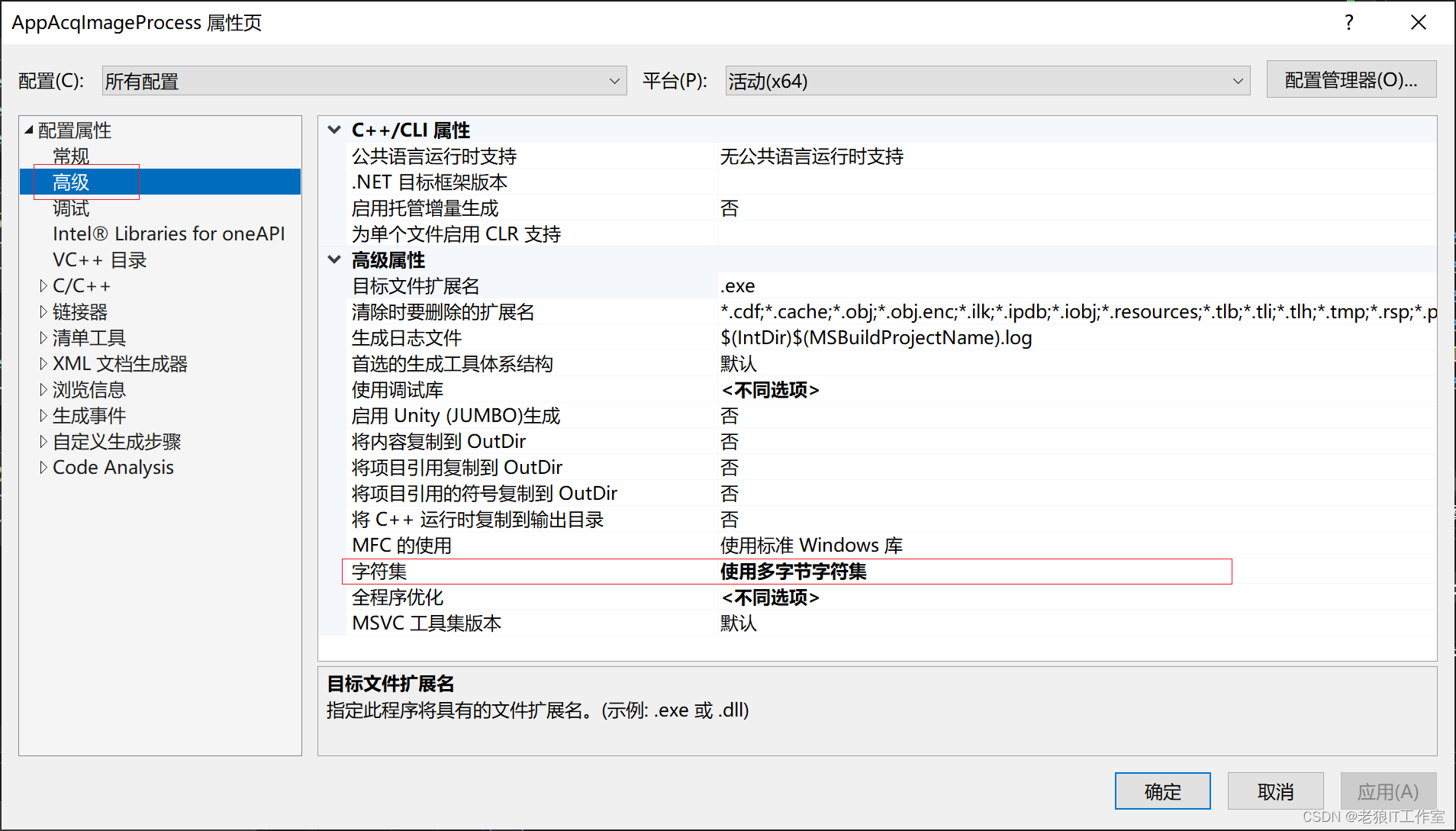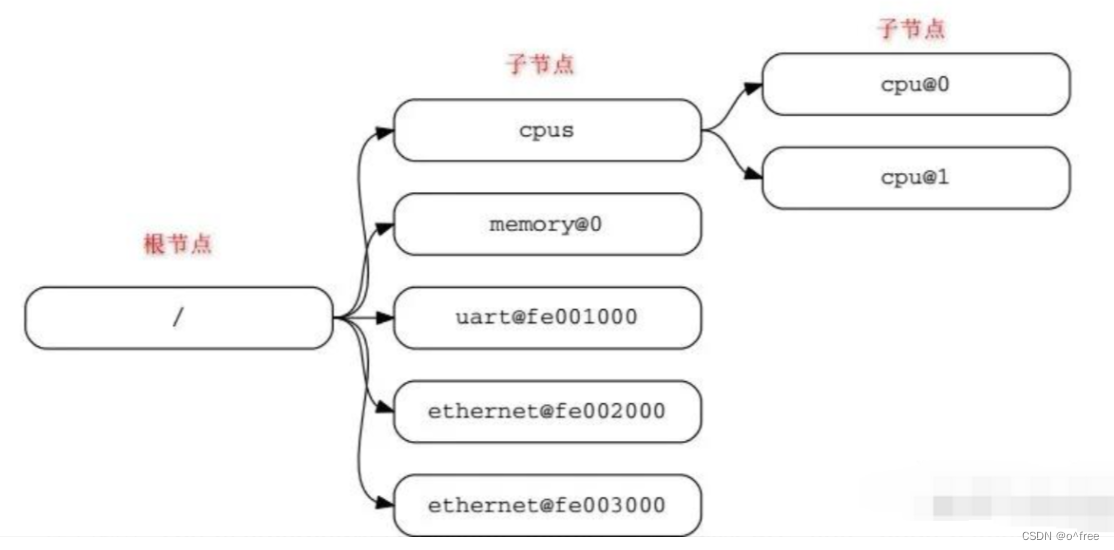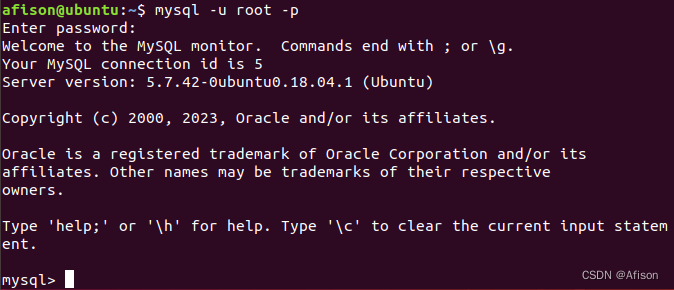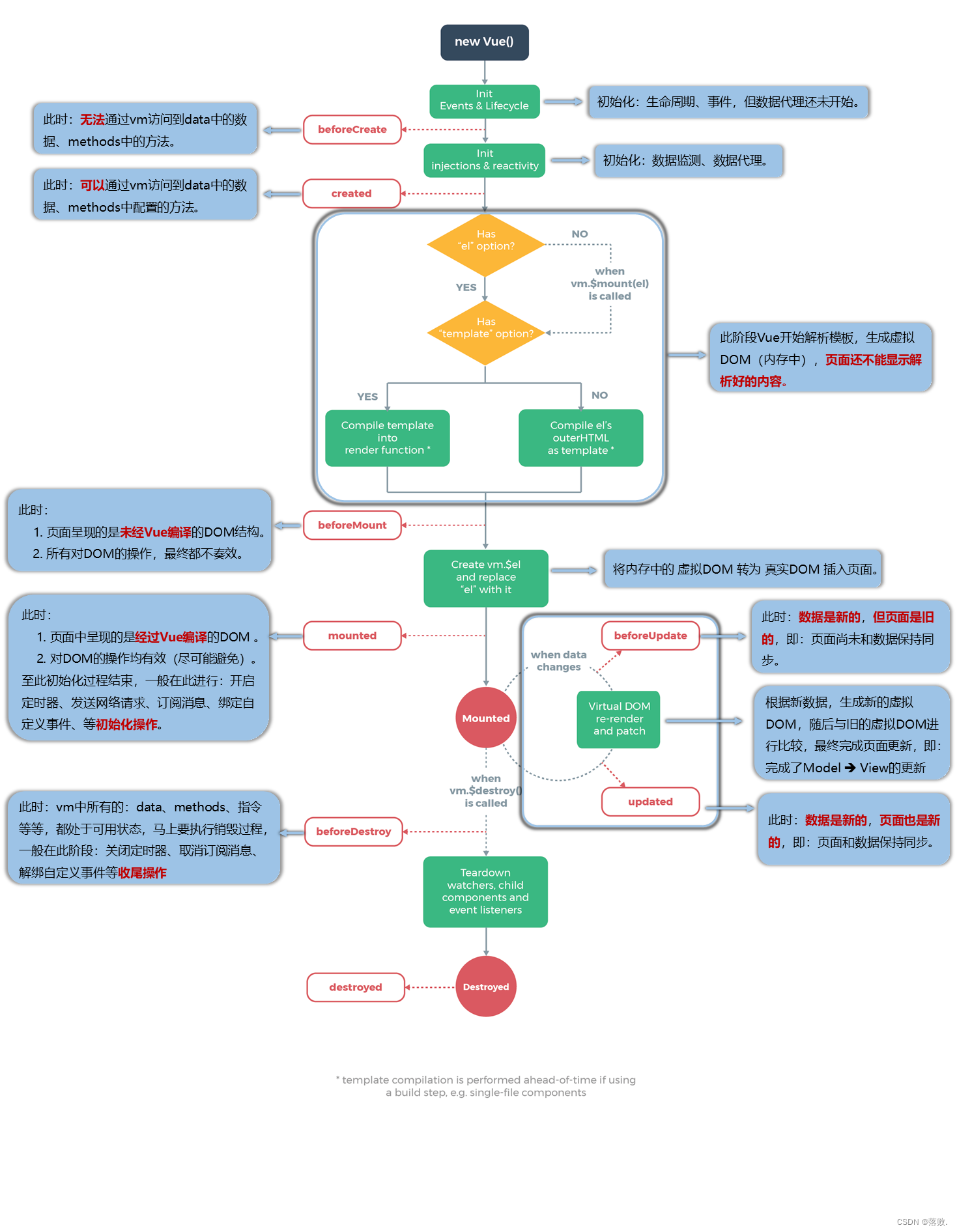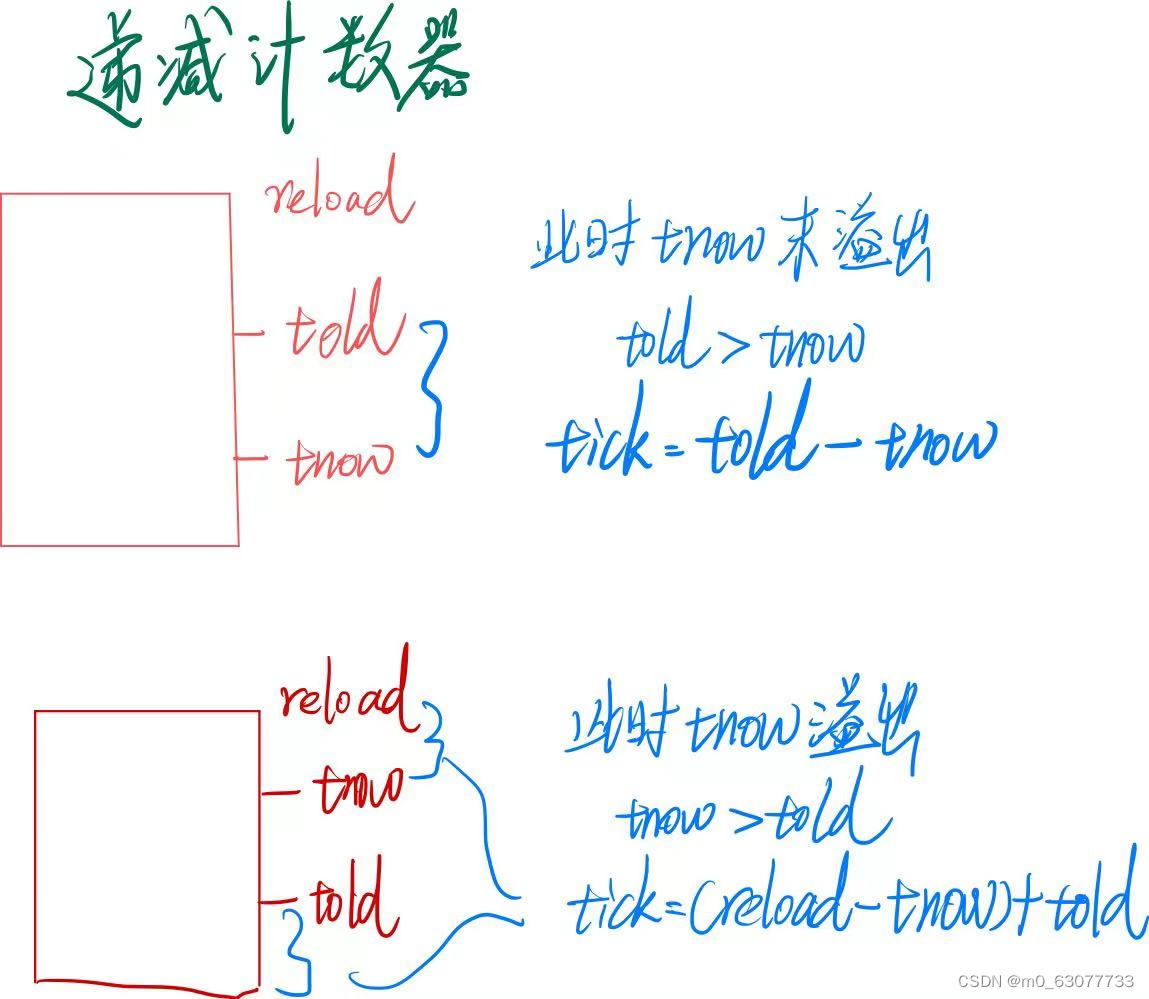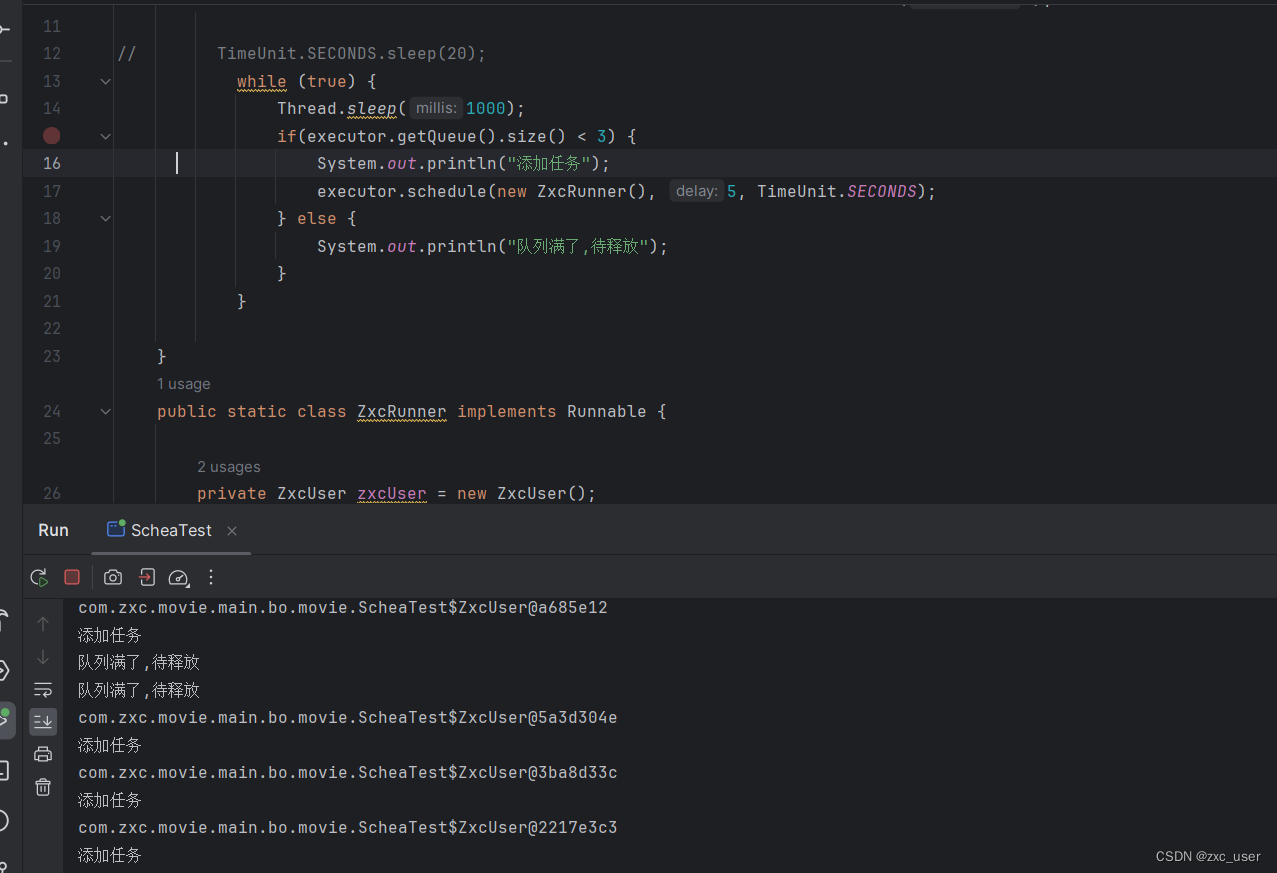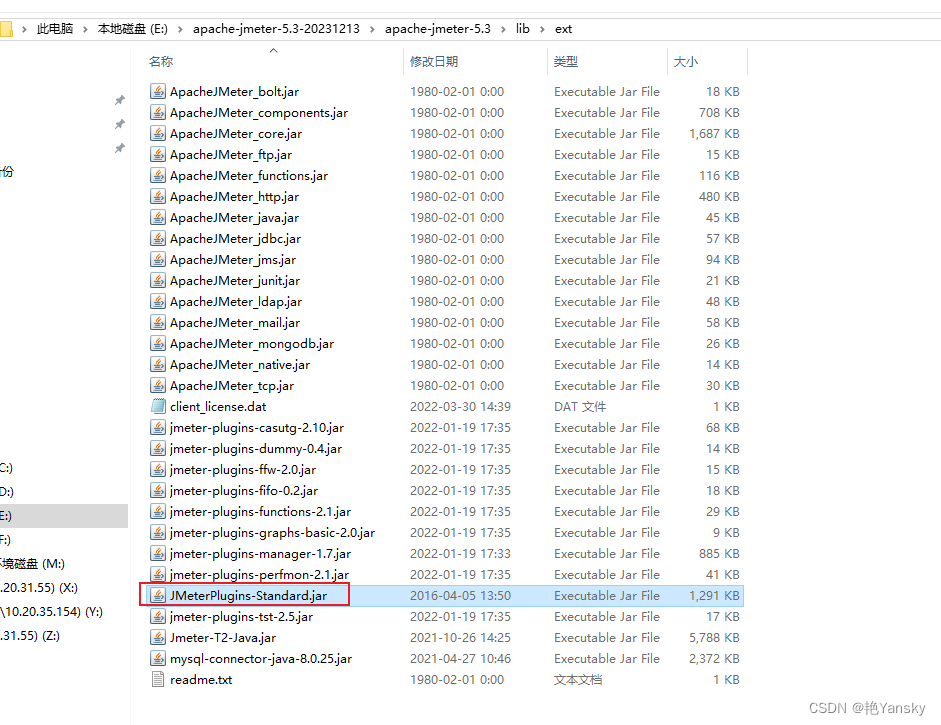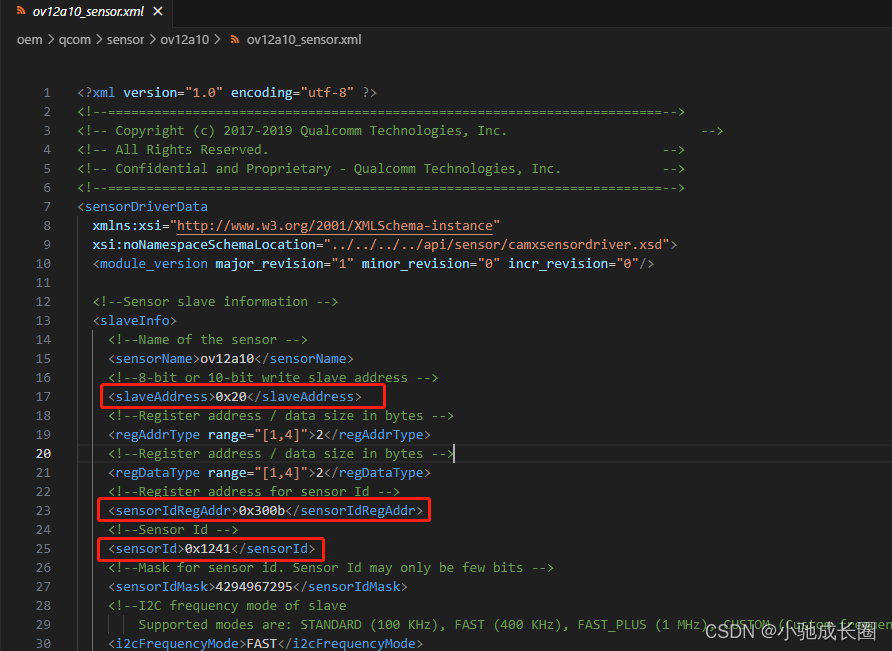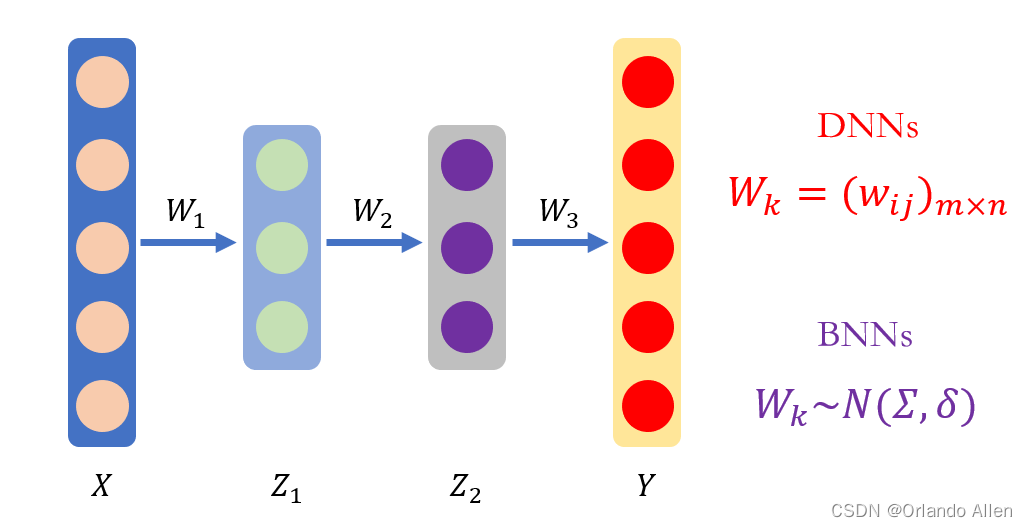什么是ini文件?
INI文件(.ini)是一种常见的配置文件格式,用于存储程序、操作系统或设备驱动程序的配置信息。INI是"Initialization"的缩写,指的是初始化。INI文件通常是纯文本文件,在Windows操作系统中广泛使用。它以一种简单的键值对(Key-Value)的格式存储配置信息,其中每个配置项都有一个唯一的键和一个对应的值。INI文件可以用记事本等文本编辑器进行编辑,允许用户修改和自定义程序的设置和选项。
INI文件格式是一种基于文本的格式,其内容由节(Section)、键(Key)和值(Value)组成。以下是INI文件的基本格式:
-
节(Section): 节是INI文件的顶级分组,用方括号([])括起来,如:[Section1]。节的作用是将不同的配置项进行分类,方便管理和查找。
-
键(Key): 键是配置项的名称,用等号(=)或冒号(:)与值分隔,如:Key1=Value1。键用于表示某个配置项的标识符。
-
值(Value): 值是配置项的具体设置值,通常是字符串类型,如:Value1。值表示与键对应的具体配置项的值或选项。
示例:
[Section1]
Key1=Value1
Key2=Value2
[Section2]
Key3=Value3
Key4=Value4在这个示例的INI文件中,有两个节(Section1和Section2),每个节下面有一些键值对配置项。Section1下有两个配置项Key1和Key2,它们的值分别为Value1和Value2。Section2下有两个配置项Key3和Key4,它们的值分别为Value3和Value4。通过INI文件的格式,可以将多个配置项进行逻辑分组,方便管理和修改。
C++如何操作ini文件
通过GetPrivateProfileString、GetPrivateProfileInt、WritePrivateProfileString等函数来读写INI文件
在Win32平台上,可以使用GetPrivateProfileString、GetPrivateProfileInt、WritePrivateProfileString等函数来读写INI文件。
GetPrivateProfileString函数是Windows API中用于从INI文件中读取配置信息的函数。它的参数包括:
lpAppName:INI文件中的节名称,可以理解为配置信息的分类。例如,如果INI文件中有一个名为[Database]的节,那么lpAppName的值应该是"Database"。
lpKeyName:INI文件中的键名,用于标识特定的配置项。例如,如果INI文件中有一个名为"Server"的键,那么lpKeyName的值应该是"Server"。
lpDefault:如果在INI文件中找不到指定的节或键名,就会返回lpDefault指定的默认值。该参数可以为空。
lpReturnedString:用于接收从INI文件中读取到的配置项的值。函数会将读取到的值复制到这个参数指向的缓冲区中。
nSize:指定lpReturnedString参数指向的缓冲区的大小。
lpFileName:INI文件的路径和文件名。
WritePrivateProfileString函数是Windows API中用于向INI文件中写入配置信息的函数。它的参数包括:
lpAppName:INI文件中的节名称,可以理解为配置信息的分类。例如,如果要写入一个名为[Database]的节,那么lpAppName的值应该是"Database"。
lpKeyName:INI文件中的键名,用于标识特定的配置项。例如,如果要写入一个名为"Server"的键,那么lpKeyName的值应该是"Server"。
lpString:要写入INI文件的配置项的值。
lpFileName:INI文件的路径和文件名。以下是使用这些函数的示例代码:
#include <iostream>
#include <Windows.h>
int main() {
const char* filePath = "d:\\config.ini";
const char* section = "Section1";
const char* key = "Key1";
const char* defaultValue = "default value";
// 读取INI文件中的值
char buffer[256];
GetPrivateProfileString(section, key, defaultValue, buffer, sizeof(buffer), filePath);
std::cout << "Value: " << buffer << std::endl;
// 写入INI文件
const char* newValue = "new value";
WritePrivateProfileString(section, key, newValue, filePath);
// 再次读取INI文件中的值
char buffer2[256];
GetPrivateProfileString(section, key, defaultValue, buffer2, sizeof(buffer2), filePath);
std::cout << "New Value: " << buffer2 << std::endl;
return 0;
}在上述示例代码中,GetPrivateProfileString函数用于从INI文件中读取指定节和键的值。section参数指定要读取的节,key参数指定要读取的键,defaultValue参数指定在找不到值时的默认返回值。函数将读取的值存储在buffer数组中。
WritePrivateProfileString函数用于向INI文件中写入键值对。section参数指定要写入的节,key参数指定要写入的键,newValue参数指定要写入的值。
在main函数中,指定了要读取和写入的INI文件路径、目标节和目标键。首先调用GetPrivateProfileString函数读取INI文件中键的值,并输出到控制台。然后,调用WritePrivateProfileString函数将新的值写入INI文件。
备注:
Visual Studio中运行代码必须使用MBCS字符集。
在Visual C++项目中,有以下字符集选项可供选择:
Multi-Byte Character Set (MBCS):使用多字节字符集。这是默认的字符集选项,支持多字节编码,如ANSI。该选项兼容性较好,但不支持Unicode字符。
Unicode Character Set:使用Unicode字符集。该选项支持Unicode编码,可以处理各种语言的字符。推荐在新项目中选择此选项。
Not Set:未设置字符集选项。此时,编译器将使用系统默认的字符集。
选择适当的字符集选项取决于项目的需求和目标平台。在支持多语言环境或需要处理Unicode字符的情况下,建议选择Unicode字符集选项。
通过设置字符集来控制UNICODE宏定义来决定是使用GetPrivateProfileStringW还是GetPrivateProfileStringA函数:
使用第三方开源库
mirrors_SSARCandy/ini-cpp (gitee.com)
GitHub - SSARCandy/ini-cpp: 📑 Yet another ini config parser for modern C++
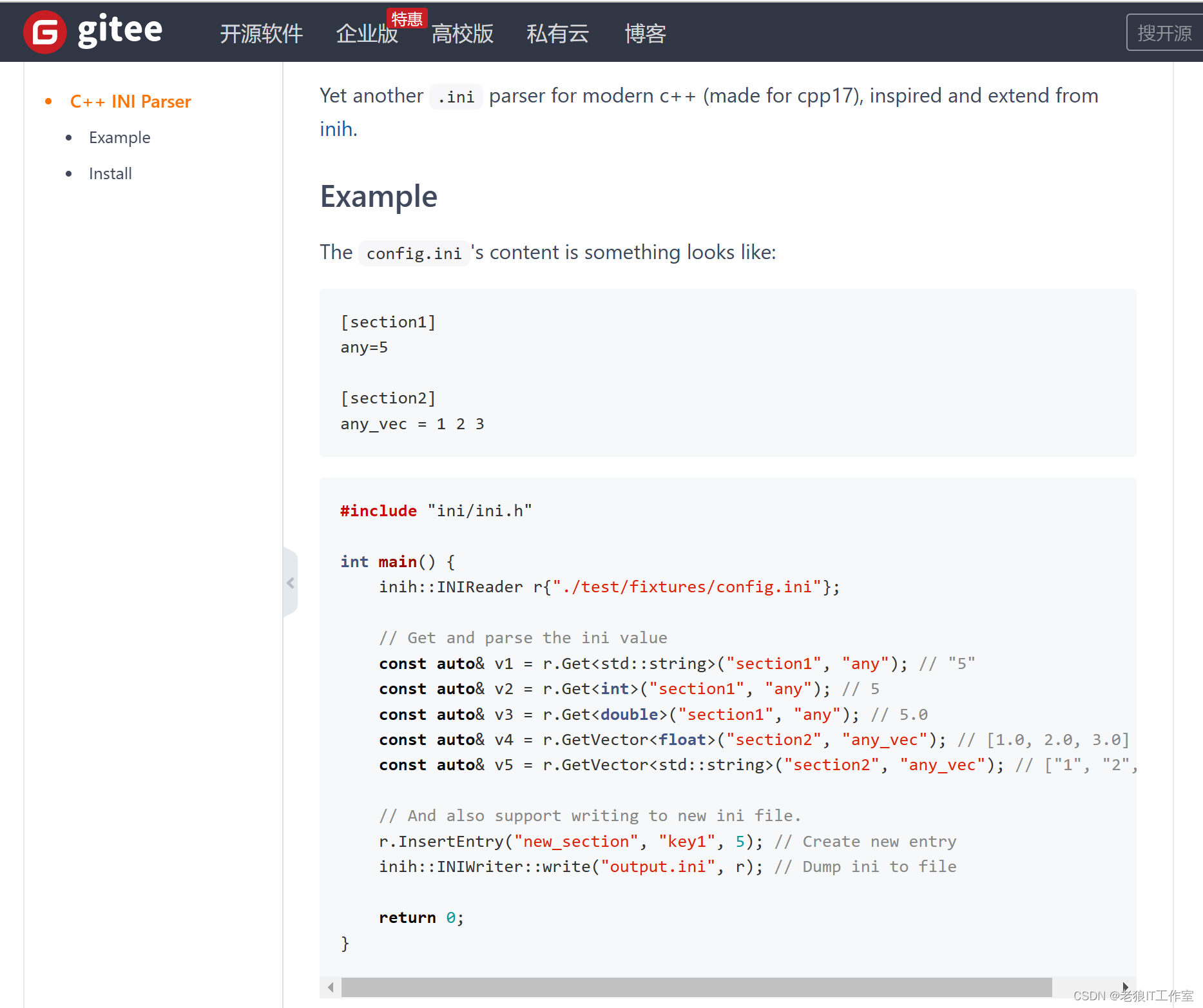
test.cpp:
# define _CRT_SECURE_NO_WARNINGS
#include "ini/ini.h"
#include <sstream>
template<typename T>
std::string to_string(std::vector<T> lst, std::string delimiter)
{
std::stringstream ss;
for (int i = 0; i < lst.size(); i++) {
if (i < lst.size() - 1) {
ss << lst[i] << delimiter;
}
else {
ss << lst[i];
}
}
return ss.str();
}
int main() {
inih::INIReader r{"config.ini"};
// Get and parse the ini value
const auto& v1 = r.Get<std::string>("section1", "any"); // "5"
const auto& v2 = r.Get<int>("section1", "any"); // 5
const auto& v3 = r.Get<double>("section1", "any"); // 5.0
const auto& v4 = r.GetVector<float>("section2", "any_vec"); // [1.0, 2.0, 3.0]
const auto& v5 = r.GetVector<std::string>("section2", "any_vec"); // ["1", "2", "3"]
std::cout << "v1=" << v1 << std::endl;
std::cout << "v2=" << v2 << std::endl;
std::cout << "v3=" << v3 << std::endl;
std::cout << "v4=" << to_string<float>(v4,",") << std::endl;
std::cout << "v5=" << to_string<std::string>(v5, ",") << std::endl;
// And also support writing to new ini file.
r.InsertEntry("new_section", "key1", 5); // Create new entry
inih::INIWriter::write("output.ini", r); // Dump ini to file
return 0;
}config.ini:(运行时需要复制到exe所在的目录)
[section1]
any=1
any2:true
not_int = hello
not_int_arr = a b c d e
[section2]
any_vec = 1 2 3
doubles = 1.23 4.56
